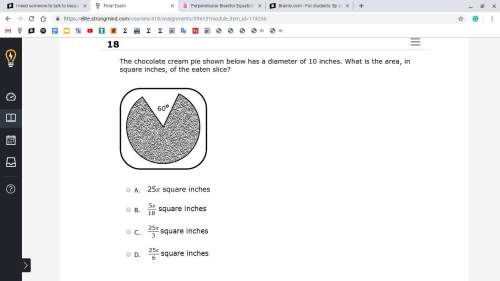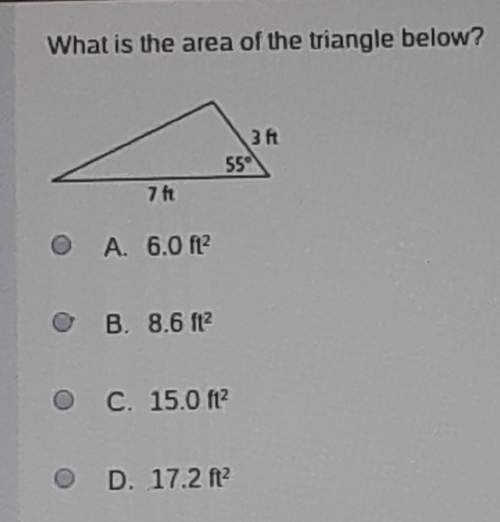
Mathematics, 18.03.2020 05:38, LeoInc6806
Ally is a junior high student who has just learned about the carbon cycle in school. She is concerned about the environment and decides to construct a model of the carbon cycle in her community.
What could both add and remove carbon from the atmosphere in the model?
The image shows an arrow pointing from the animal to the atmosphere, an arrow from the atmosphere to the tree, an arrow from the tree to the atmosphere, and an arrow from the automobile to the atmosphere. The illustration shows a car, a deer, and some trees. Arrows go from all three to a label: CO2. Another arrow points down from the CO2 label to the trees.
A. a car
B. a deer
C. an insect
D. a tree


Answers: 3
Other questions on the subject: Mathematics



Mathematics, 21.06.2019 20:00, michelle5642b
Find all solutions for 2y - 4x =2 y = 2x + 1 site: socratic. org
Answers: 1
Do you know the correct answer?
Ally is a junior high student who has just learned about the carbon cycle in school. She is concerne...
Questions in other subjects:



English, 22.08.2019 08:30

Mathematics, 22.08.2019 08:30






Mathematics, 22.08.2019 08:30








